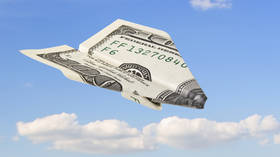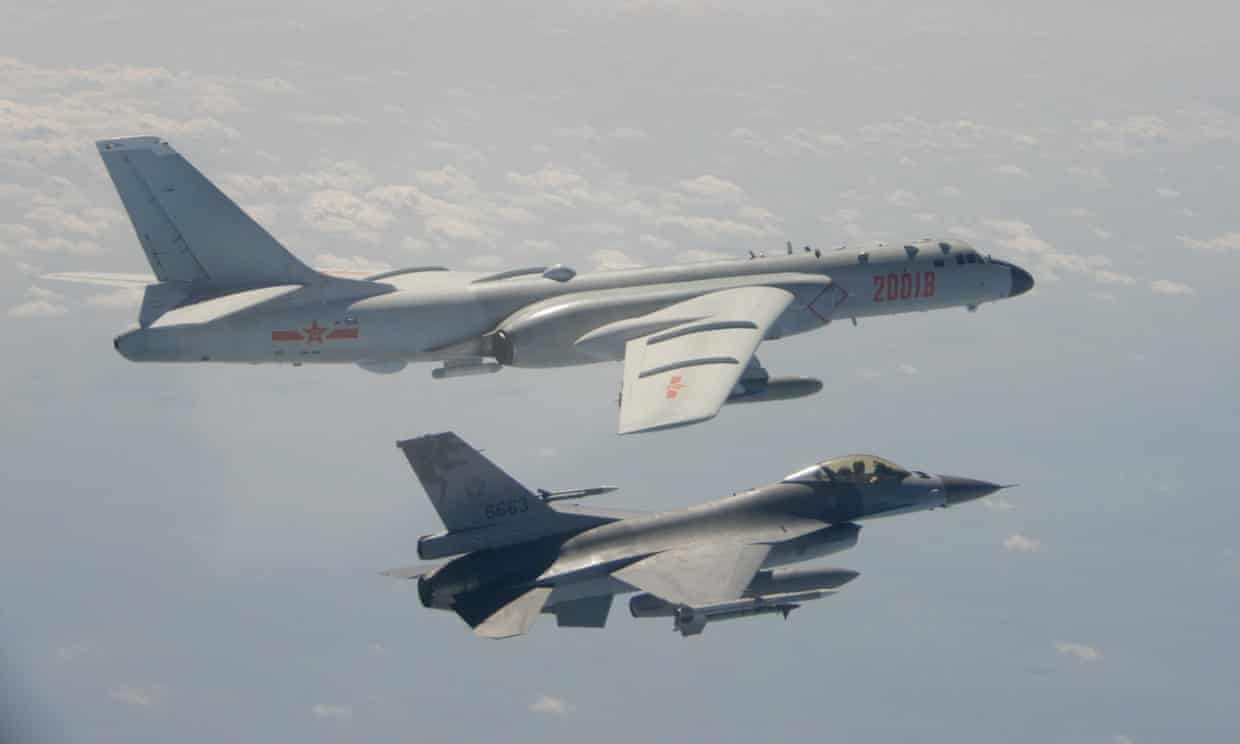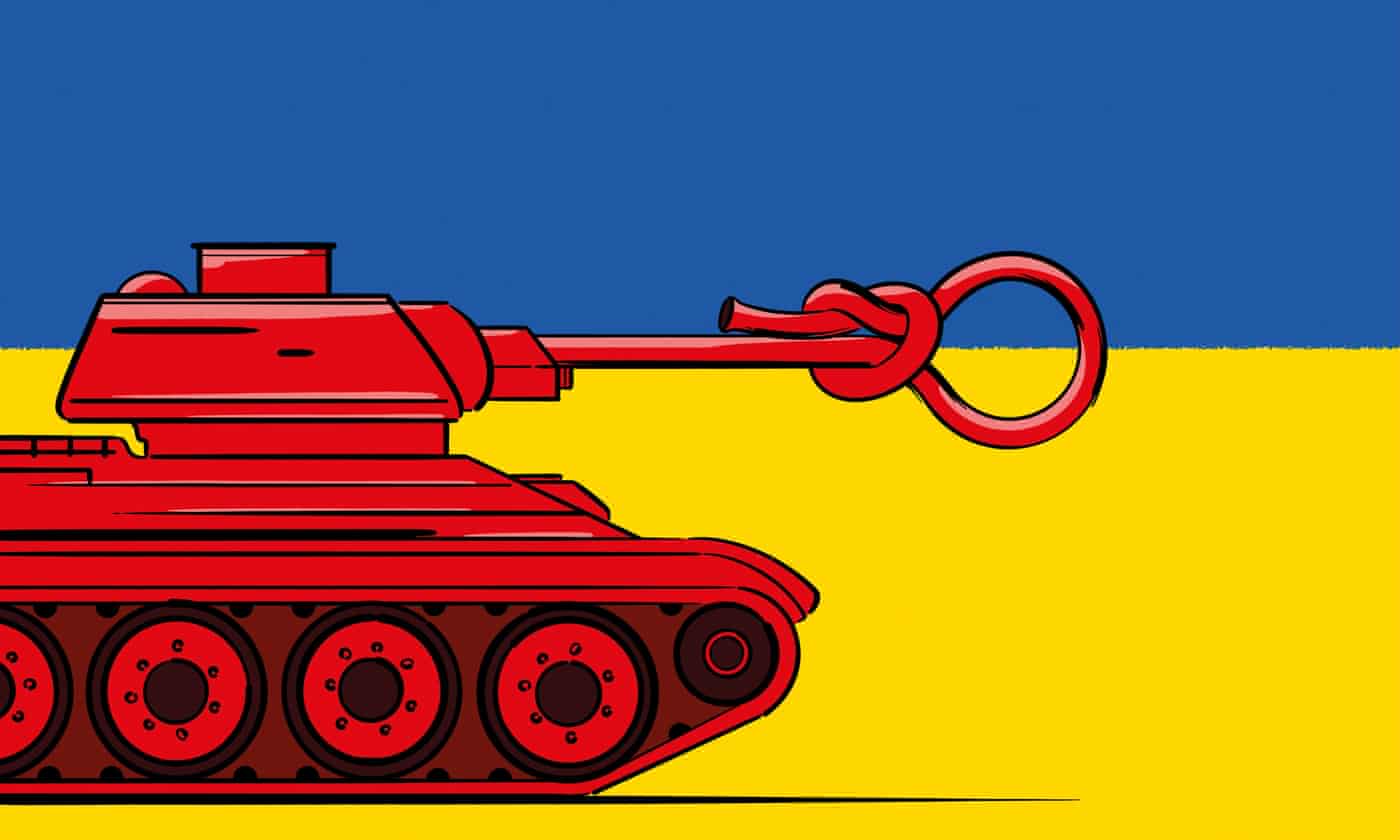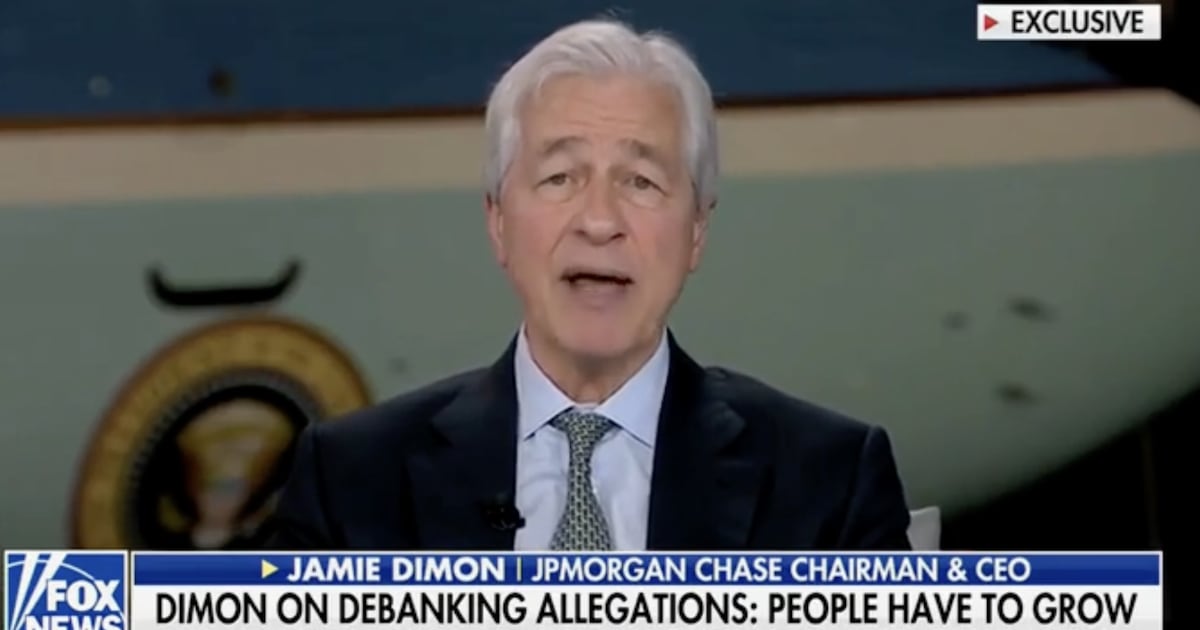Heads up!
You Need to Update iOS, Chrome, Windows, and Zoom ASAP
Plus: Google patches 36 Android vulnerabilities, Cisco fixes three high-severity issues, and VMWare closes two “serious” flaws.

"May has been another busy month of security updates, with Google’s Chrome browser and Android operating system, Zoom, and Apple’s iOS releasing patches to fix serious vulnerabilities.
Meanwhile, things have not run smoothly for Microsoft, which was forced to issue an out-of-band update after a disastrous Patch Tuesday during the month. And Cisco, Nvidia, Zoom, and VMWare all issued patches for pressing flaws.
Here’s what you need to know.
With Apple due to announce iOS 16 at its Worldwide Developers Conference in June, the iPhone maker released probably its last major iOS 15-point update in May. It came with new features, but iOS and iPadOS 15.5 also fixed 34 security vulnerabilities, some of which are serious.
Security issues fixed in iOS 15.5 include flaws in the Kernel, as well as in the WebKit browser engine, according to Apple’s support page. Thankfully, none of the issued patches in iOS and iPad 15.5 are being used in attacks, according to the company, but that doesn’t mean they won’t be if you don’t update now.
Microsoft’s May Patch Tuesday was something of a disaster for the diligent businesses that installed it straight away.
On May 10, the firm issued security updates to fix 75 vulnerabilities, eight labeled as serious and three that were being exploited by attackers. The issues fixed in May’s Patch Tuesday were important, but there were soon problems for some Microsoft users, who reported authentication failures after installing the latest updates. It impacted people using the client and server Windows platforms and systems running all Windows versions, including Windows 11 and Windows Server 2022.
In early May, Mozilla released Firefox 100, including nine security fixes for its Firefox browser, of which seven were rated as high severity. But later in May, ethical hackers at the Pwn20wn competition in Vancouver were able to demonstrate how attackers could execute JavaScript code on devices running the latest Mozilla software. Mozilla fixed the issues in another updateFirefox 100.0.2, Firefox ESR 91.9.1, Firefox for Android 100.3, and Thunderbird 91.9.1. Click those update buttons.
May’s Android security update is a big one, patching 36 vulnerabilities, including an issue already being exploited by attackers. This exploited flaw is a privilege escalation bug in the Linux Kernel known as “The Dirty Pipe.”
The flaw, which impacts newer Android devices running Android 12 and later, was disclosed by Google in February, but it has taken a while to reach devices.
Another month, another major Google Chrome security update, this time for 32 issues, of which one is rated as critical and eight are deemed high severity. The critical issue, CVE-2022-1853, impacts the IndexedDB feature, while the high-rated flaws affect areas that include DevTools, UI foundations, and the user education function.
Earlier in May, Google released 13 fixes in Chrome v101.0.4951.61 for Android, with eight of these rated as having a high-severity impact.
Cisco has fixed multiple vulnerabilities in Cisco Enterprise NFV Infrastructure Software that could allow an attacker to escape from the guest virtual machine to the host machine, inject commands that execute at the root level, or leak system data from the host to the virtual machine.
It goes without saying that these high-severity issues—tracked as CVE-2022-20777, CVE-2022-20779, and CVE-2022-20780—are serious, so it’s a good idea to update as soon as possible.
Chip manufacturer Nvidia issued a security update in mid-May for its Nvidia GPU display driver to fix flaws that could allow denial of service, information disclosure, or data tampering. The list of 10 vulnerabilities includes issues in the Kernel mode layer on Windows and Linux devices. The updates themselves can be found on Nvidia’s downloads website.
Video conferencing app Zoom has released version 5.10.0 to fix an issue found by security researchers at Google’s Project Zero in February. The flaw in messaging protocol XMPP doesn’t require any interaction from the user in order to execute the attack. “User interaction is not required for a successful attack. The only ability an attacker needs is to be able to send messages to the victim over Zoom chat over XMPP protocol,” says security researcher Ivan Fratric, who describes how the attacker can force the victim client to connect to a malicious server, resulting in arbitrary code execution.
Cloud provider VMWare has released patches to fix multiple issues, including a privilege escalation vulnerability (CVE-2022-22973) and an authentication bypass flaw (CVE-2022-22972), the latter of which it says must be applied immediately as “the ramifications are serious.”

![<div class=__reading__mode__extracted__imagecaption>Taiwan says J-11 fighters were among the aircraft encroaching into its ADIZ on Monday [File: US Navy/Handout via Reuters]](https://www.aljazeera.com/wp-content/uploads/2022/05/2014-08-23T120000Z_509911101_TM3EA8N1A5A01_RTRMADP_3_USA-CHINA-WARPLANE.jpg?resize=770%2C513)





